Weekly Tech Recap - № 133 - Gamer bot on the Moon, exoskeleton, Specdrums, FrontRow, etc.

Connected musical rings
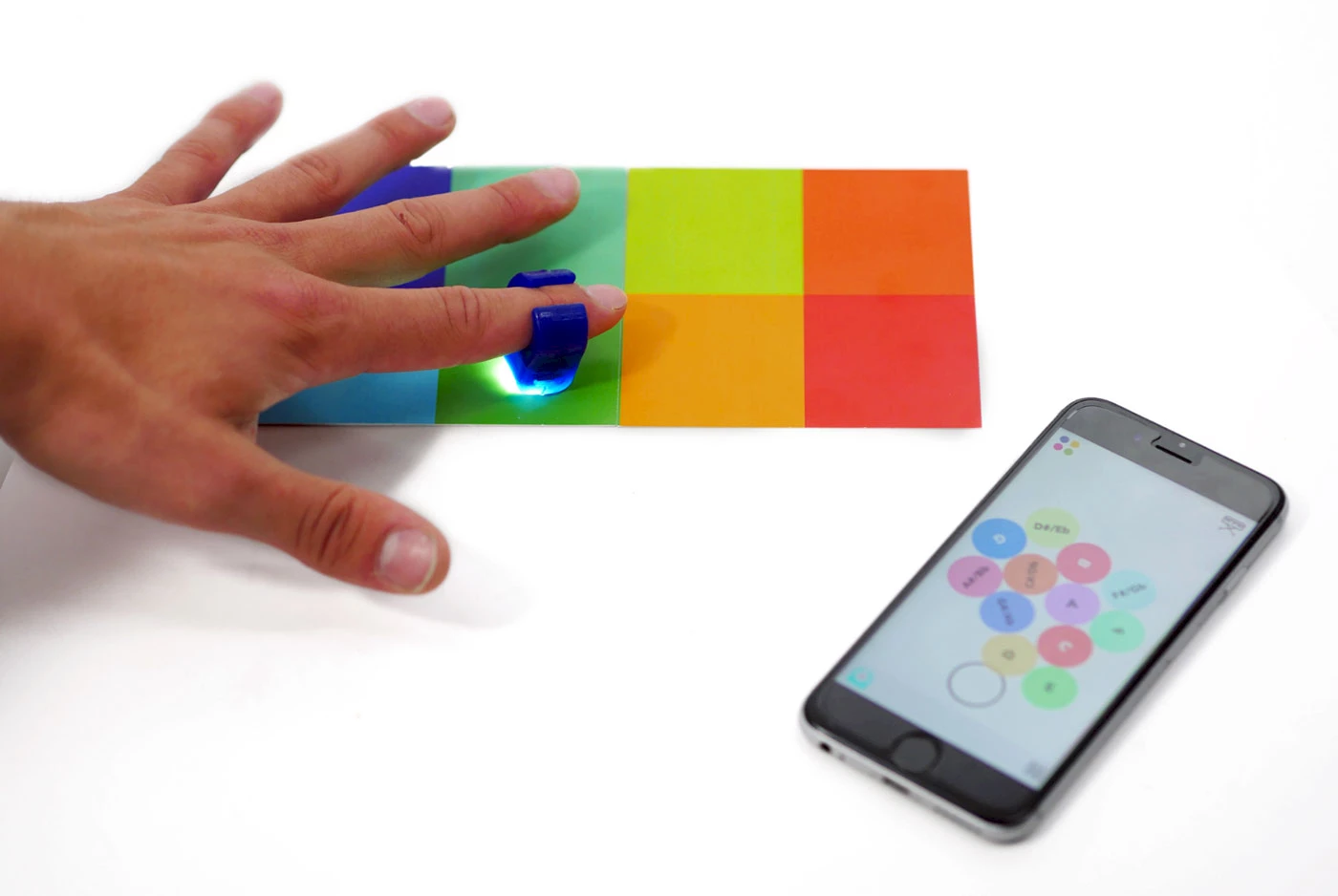
© Specdrums.
Specdrums are rings that turn colour into sound. They connect to your phone through Bluetooth and use optical sensors to read the colour of any surface they come into contact with. An application lets you personalize the sound associated with each colour, allowing you to make music by tapping on any surface, object, or colour around you. As shown in the videos, the rings can be used in any number of creative ways. The application will be available for iOS and Android. Specdrums are currently raising money on KickStarter, and, if all goes well, the first rings should be delivered starting January. The price is US$74 for a set of two. Unfortunately, the developers are only delivering to the U.S. to start with.
⇨ Circuit Breaker, “These connected rings let you tap out sounds on any surface.”
⇨ CU Boulder Today, “Specdrum rings let you turn any color, any surface into sound.”
⇨ Medium, Cornell University, “Specdrums: From ideas to prototype.”
Disconnected locks
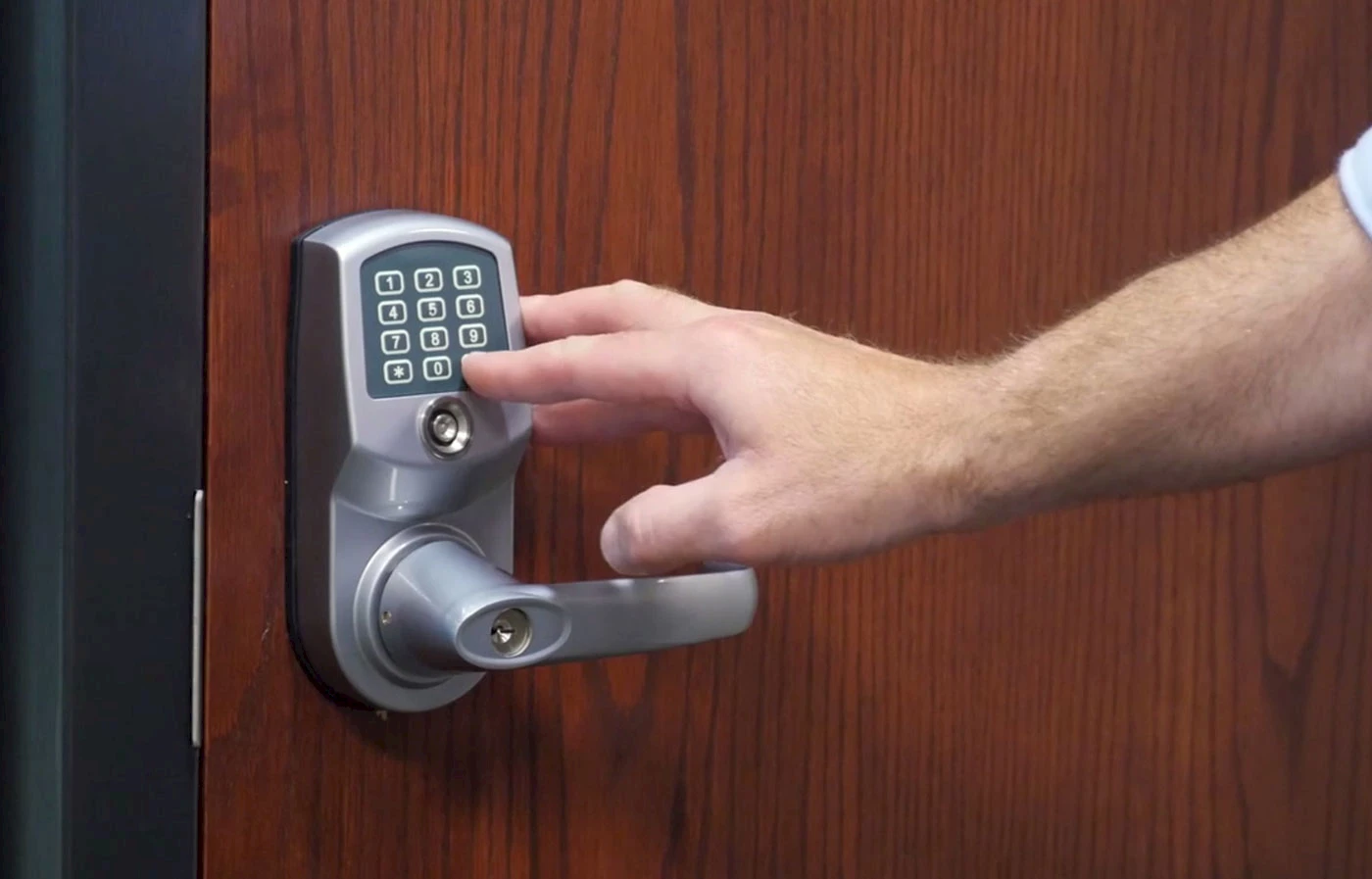
RemoteLock 6i. © RemoteLock.
RemoteLock 6i is an Internet-connected door lock that can be operated three ways: remotely, with a traditional key, or with a keypad code. This, along with its remote blocking and reprogramming features, can be super practical for some, like airbnb hosts who can control access to their place without being physically present. Unfortunately, the manufacturer sent out an erroneous update to some of its “smartlocks”, rendering them totally inoperable. Not only do they no longer lock, but they can’t even connect to download the fix. The solution offered by RemoteLock is to take the locks apart and send them in for repairs. Needless to say, their owners are livid.
⇨ Ars Technica, “Update gone wrong leaves 500 smart locks inoperable.”
FrontRow camera
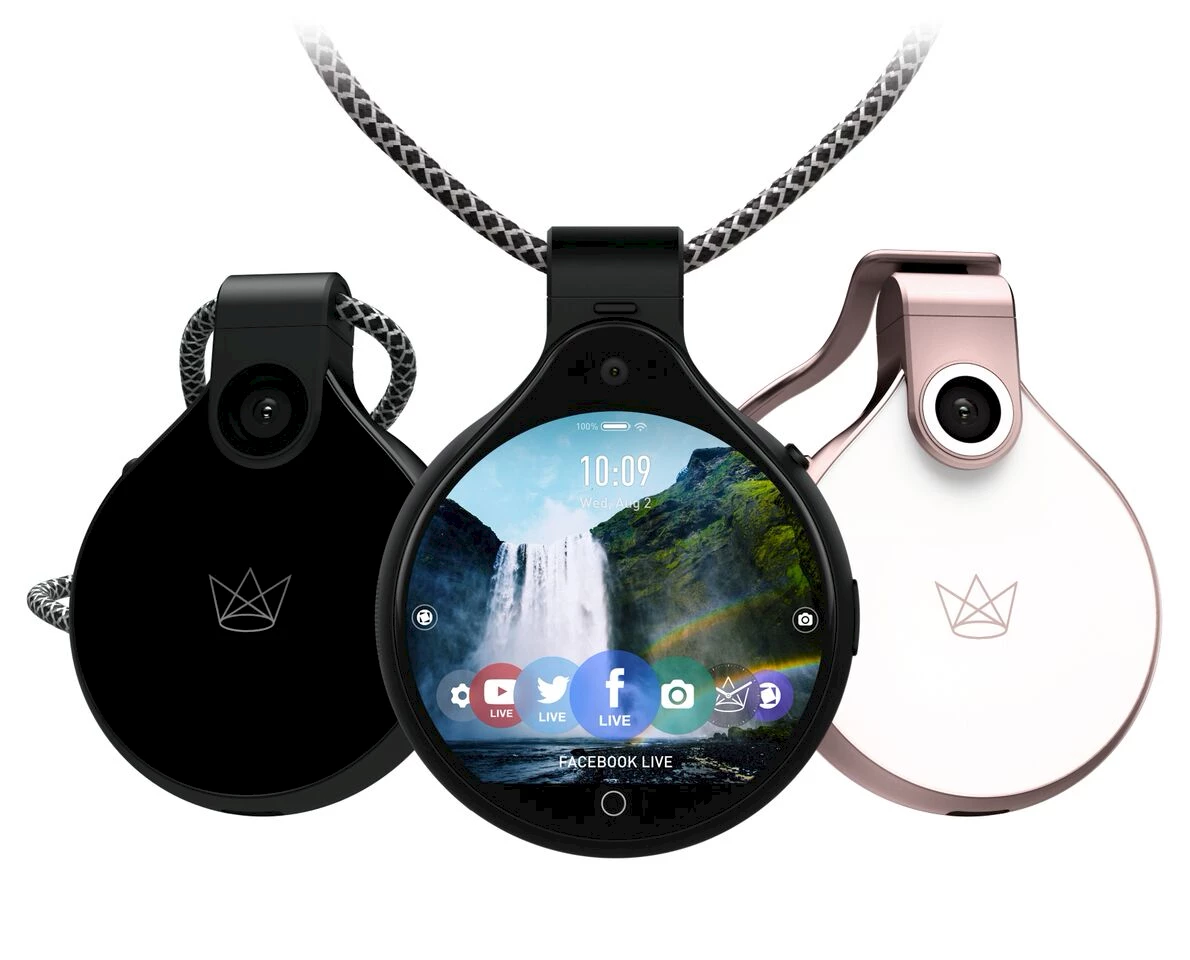
FrontRow. © Ubiquiti Networks.
Ubiquiti Networks, a company specializing in networking products, has launched FrontRow, its take on wearable cameras. FrontRow is a large medallion weighing 55 grammes, with an 8-megapixel camera on one side (with optical stabilizer), a 5-megapixel one on the other, a round 2-inch touchscreen (640 x 572px), 32GB of storage, a microphone and a USB-C port. When connected to a Wi-Fi network, FrontRow streams images directly on social networks like Facebook, YouTube or Twitter, bypassing the phone. Autonomy is said to be two hours in video mode and 12 hours in timelapse mode. The camera can be worn around the neck or clipped to clothing. Available for US$400 (CA$505), in black or pink.
⇨ Circuit Breaker, “FrontRow is another high-end take on the idea of a wearable camera.”
Exoskeleton for the mobility-challenged
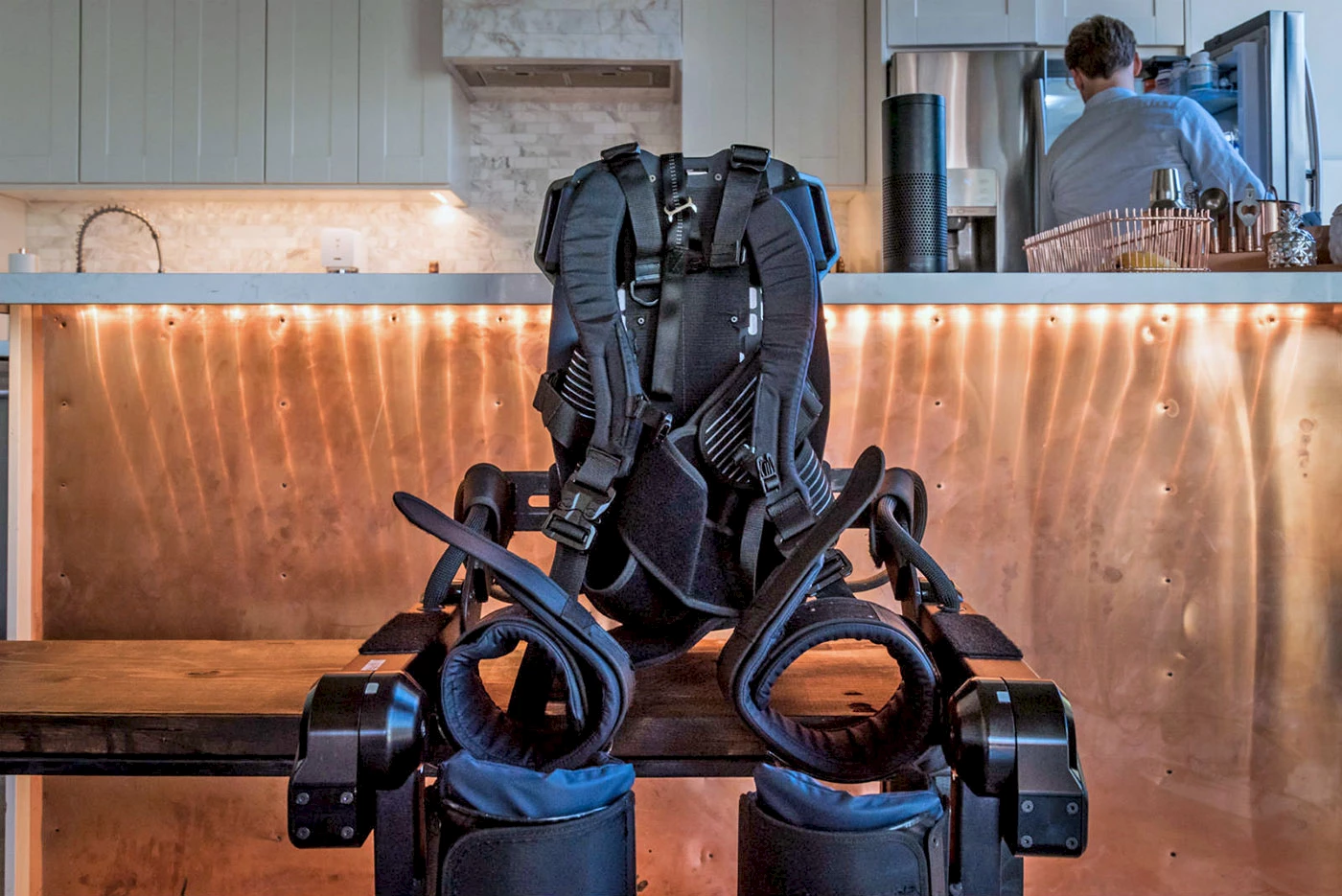
ARKE. © Bionik Labs.
Bionik Labs has developed ARKE, a robotic exoskeleton that allows paraplegic people to walk. The team integrated its hardware with Amazon’s Echo platform using the Amazon software developer kit, allowing users to control the device with simple voice commands addressed to Alexa, Amazon’s virtual assistant used in home automation. Bionik Labs’ cofounder and COO Michal Prywata believes exoskeletons will also become a part of daily life for the elderly and “…anyone that has some sort of disability in walking that’s severe enough to require a walker or two canes”. ARKE is still at the prototype stage; the company hopes to bring it to market within the next few years.
⇨ IEEE Spectrum, “How a paraplegic user commands this exoskeleton: ‘Alexa, I'm ready to Walk’.”
Monetizing the moon
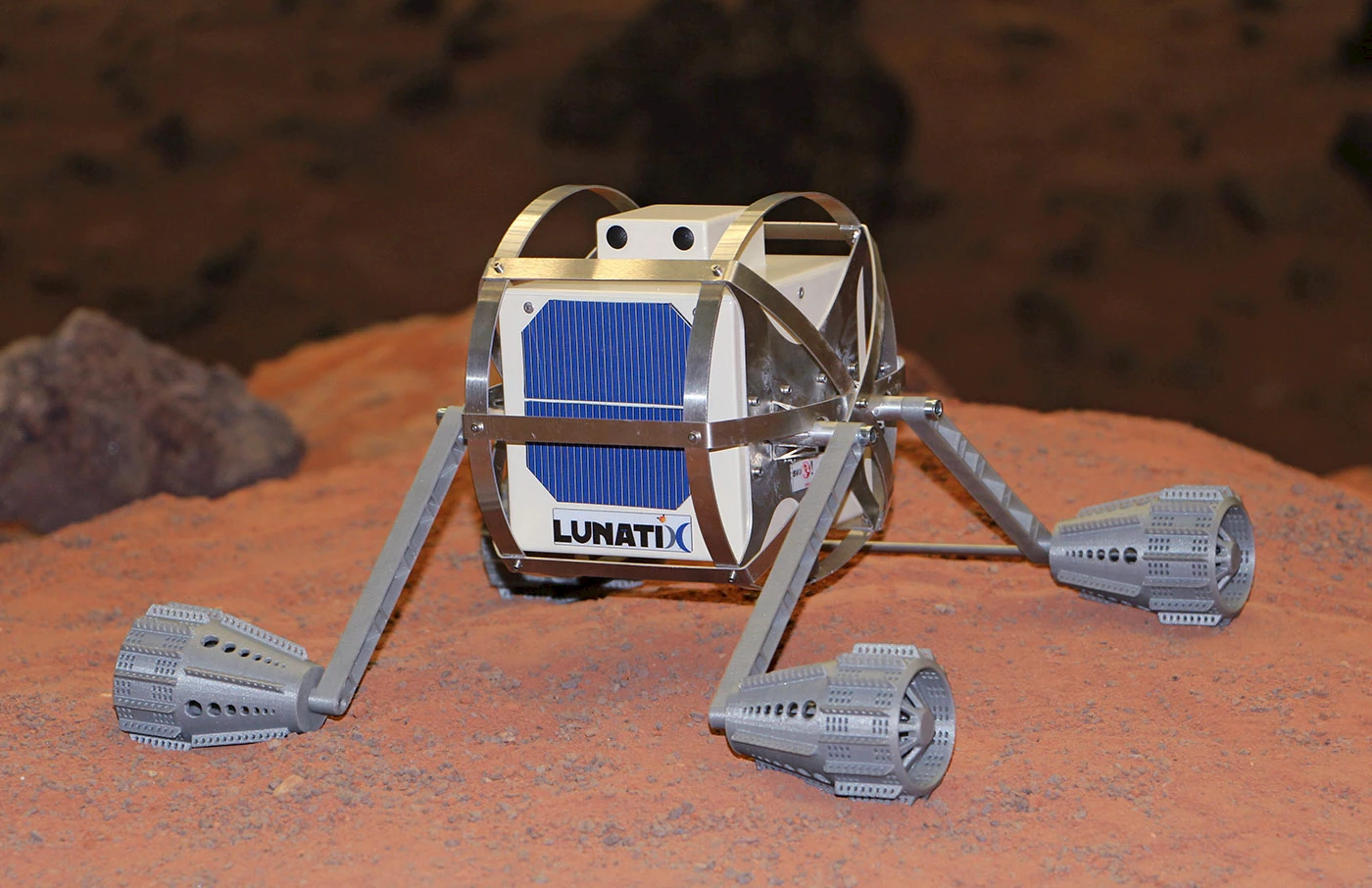
Lunar Nanobot. © Lunatix.
Lunatix, a European startup company, hopes to send a team of five gamer robots to the moon that gamers will be able to drive on its surface. The nanobots will have 4 wheels and a 2x2 drive of hub electro-motors. They will be able to reach a speed of up to 5 km/h and bound 3 meters high and 10 meters broad, using their suspension systems as catapults. Lunatix is projecting that they'll make €300 million (US$353 million) over seven years, i.e. what Angry Birds Space made, half of which will come from subscriptions. The €2 per month subscription fee will give access to games that will include the ability to drive virtual rovers around a virtual lunar surface. To get to drive a real rover on the real lunar surface, users will have to fork over €500 ($US590) for a 20-minute time slot. Alternatively, the full ownership of one of the five nanobots can be yours through an auction starting at €15 million (US$17.7 million).
⇨ IEEE Spectrum, “How much would you pay to drive a jumping robot on the Moon?”
